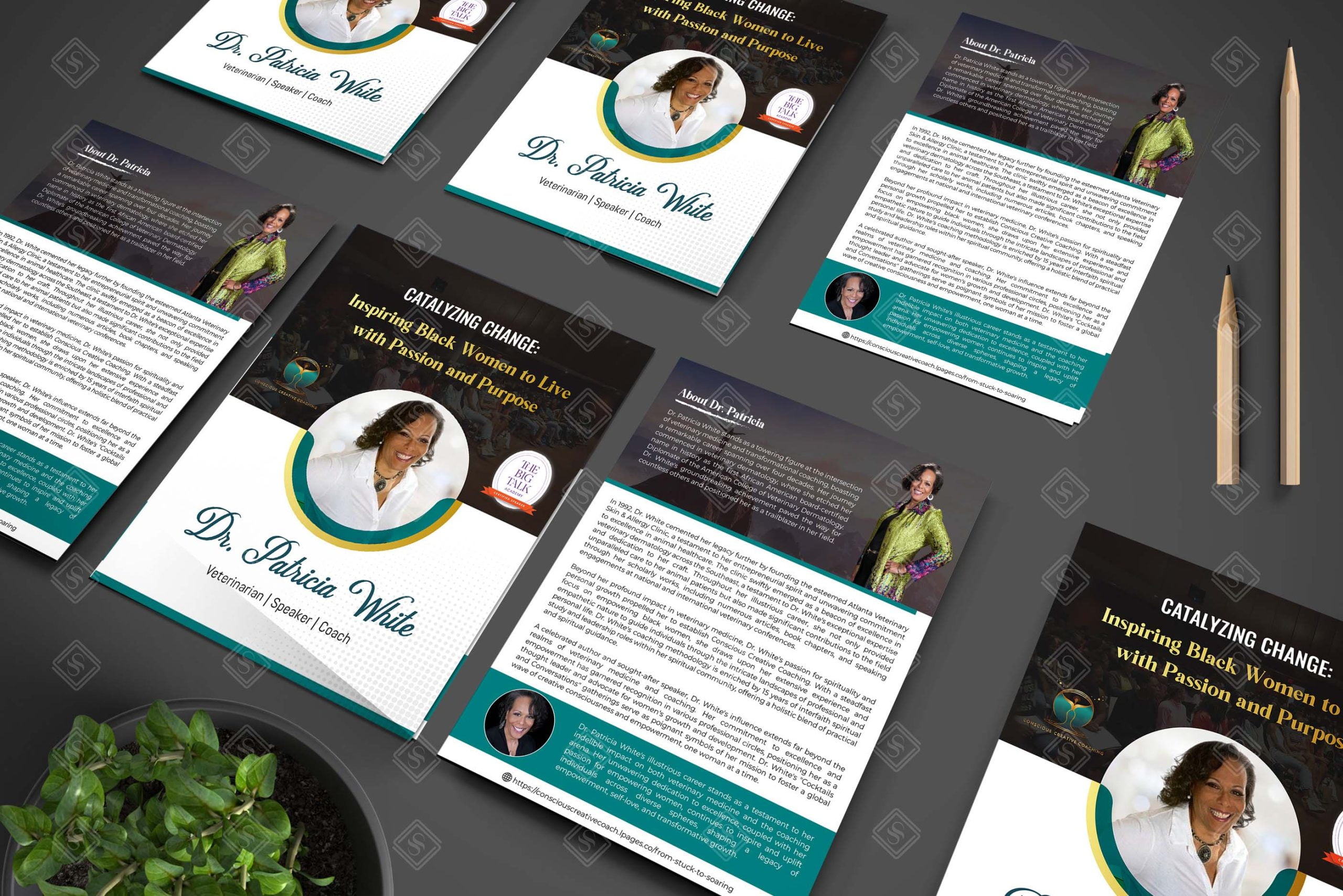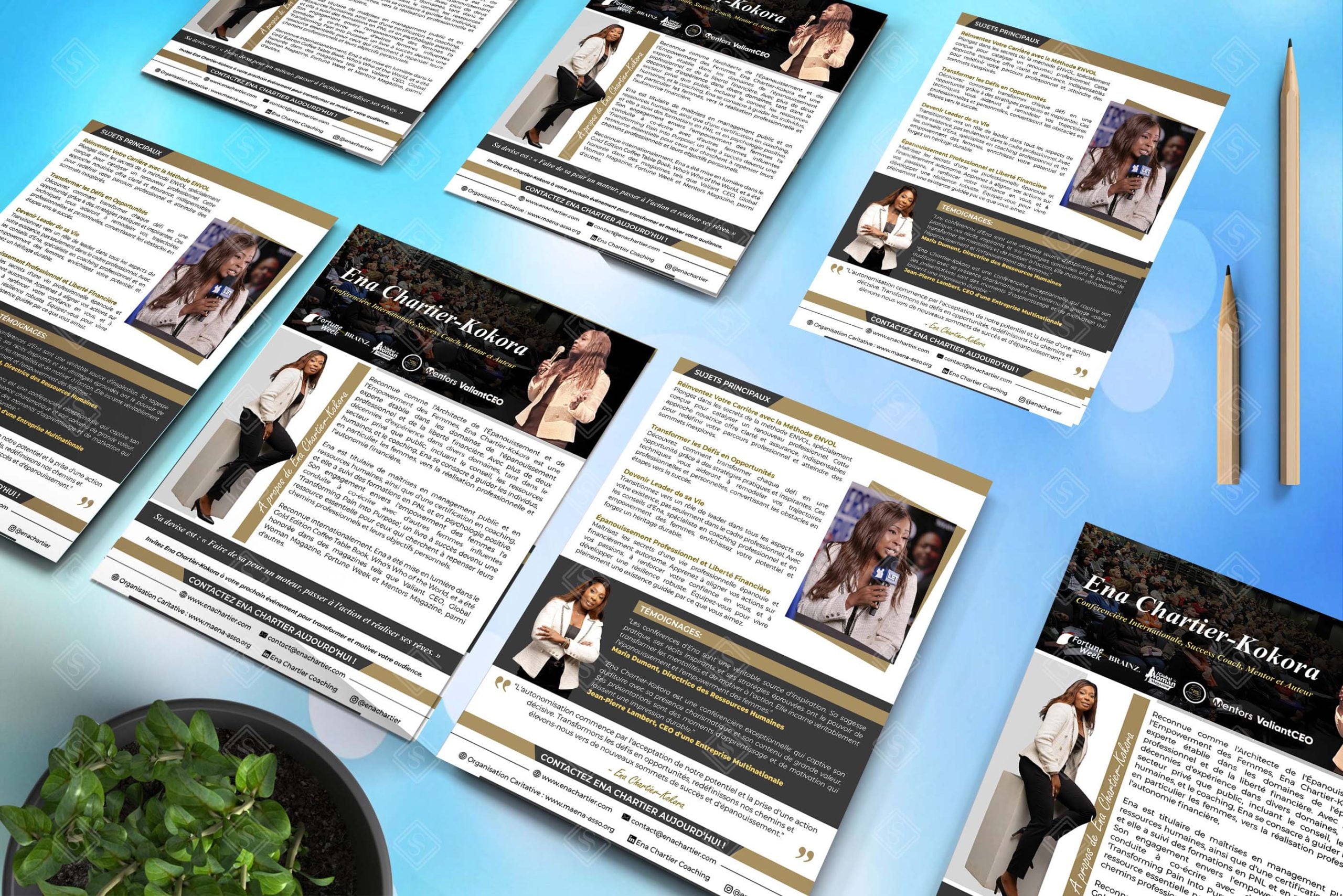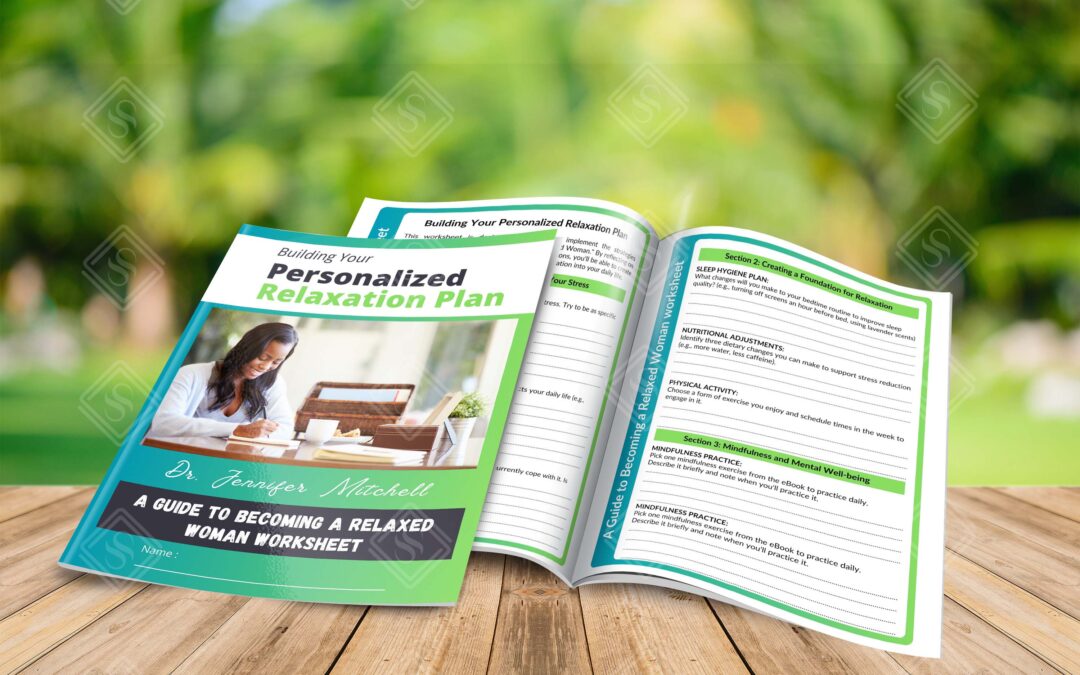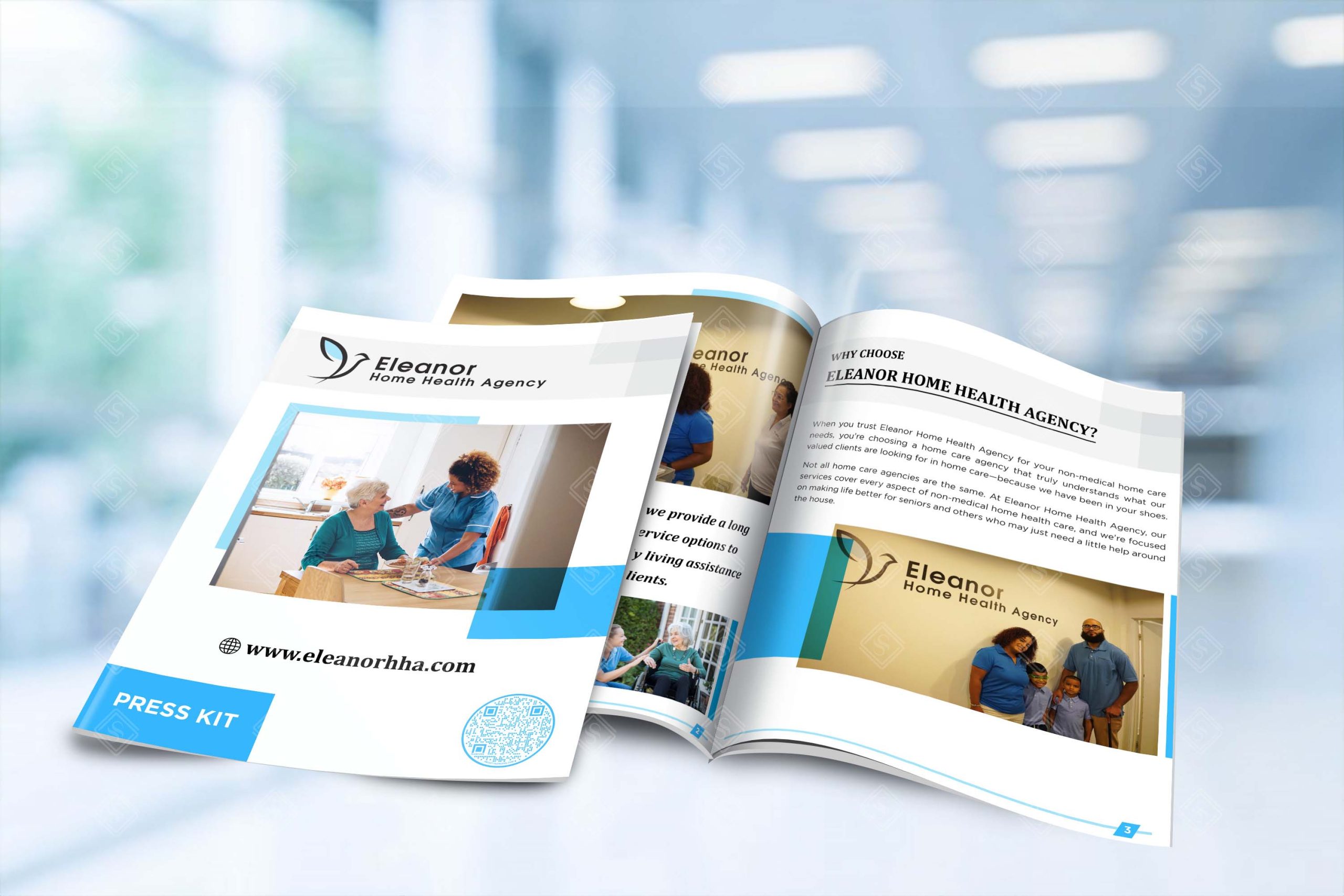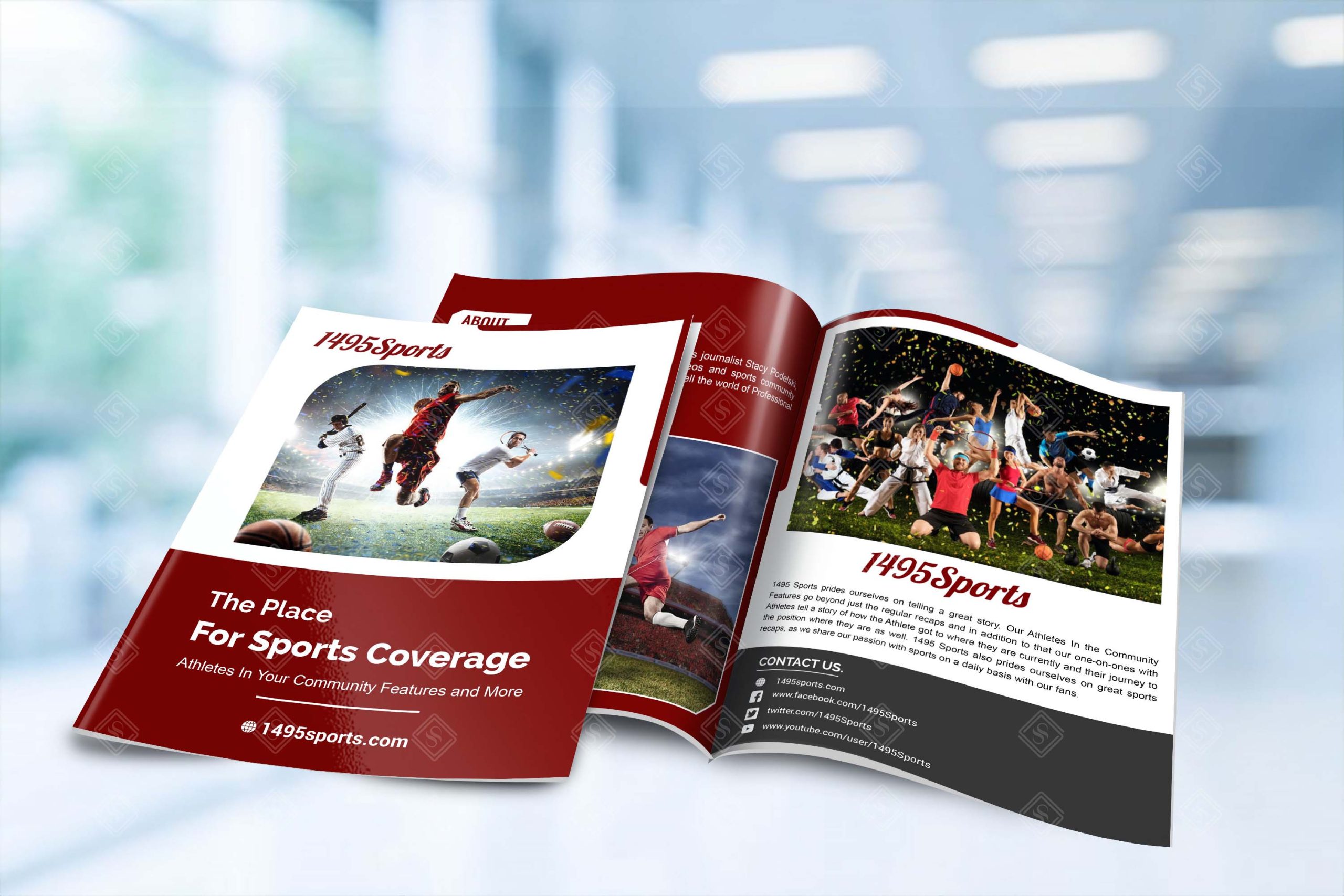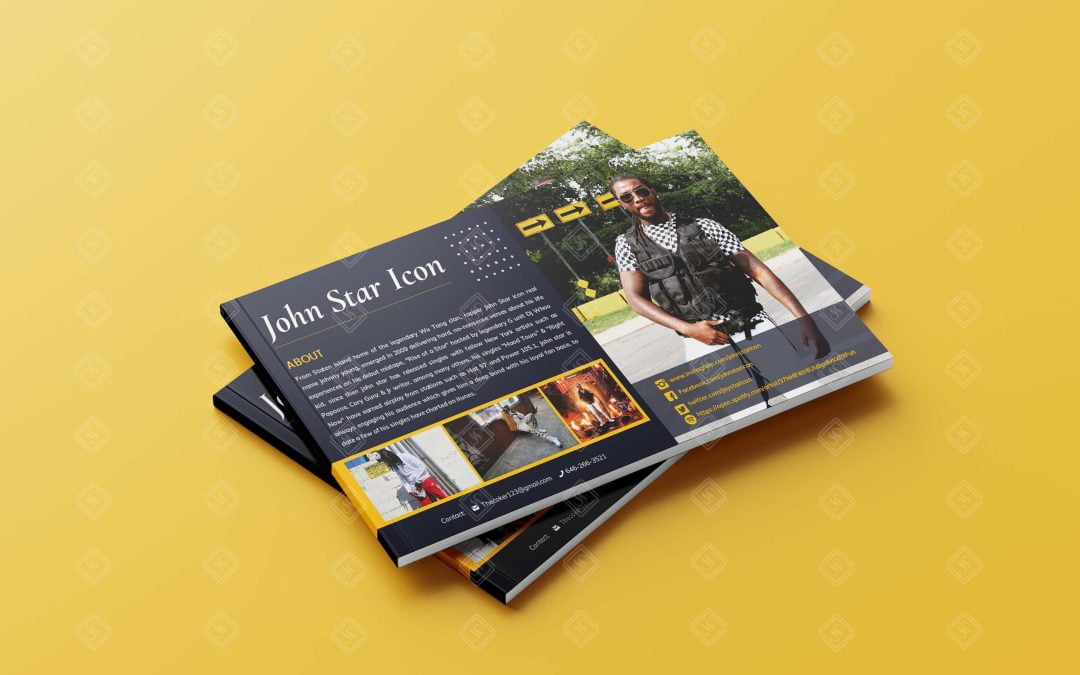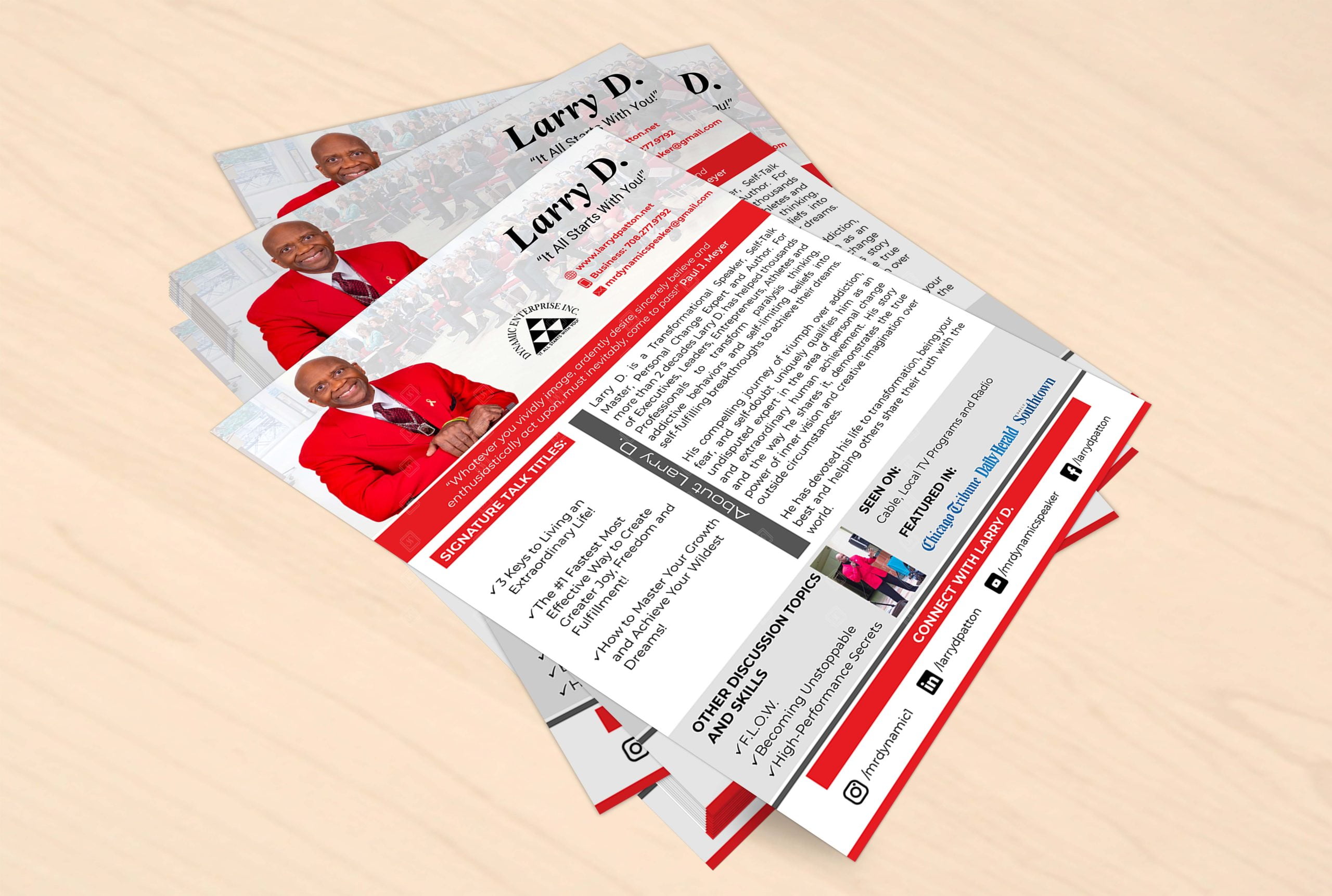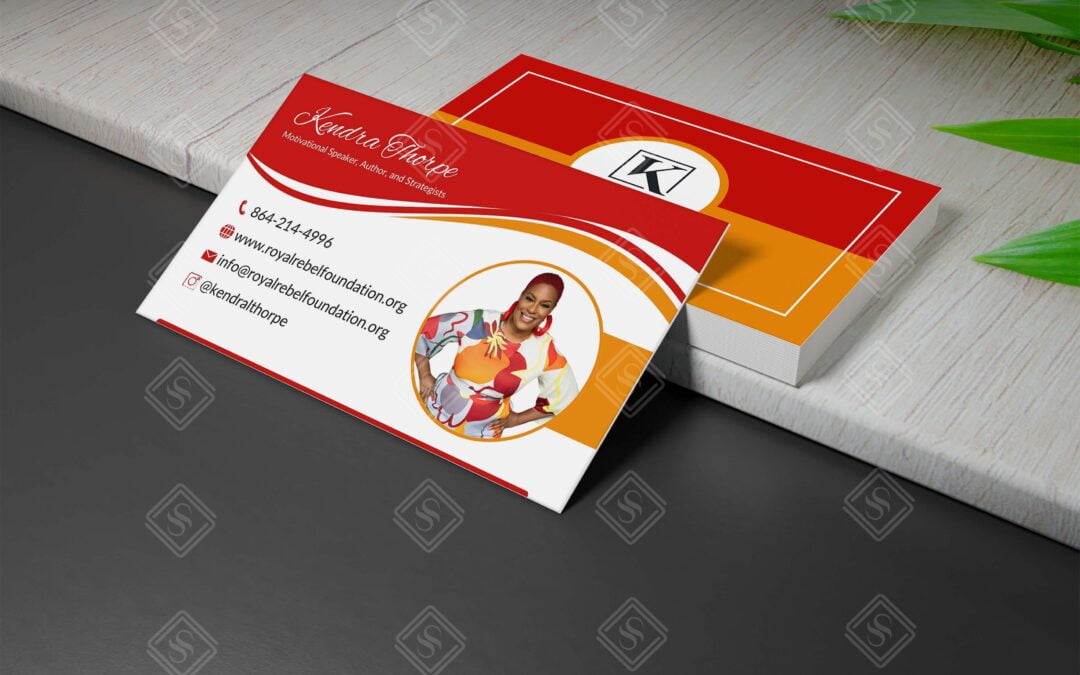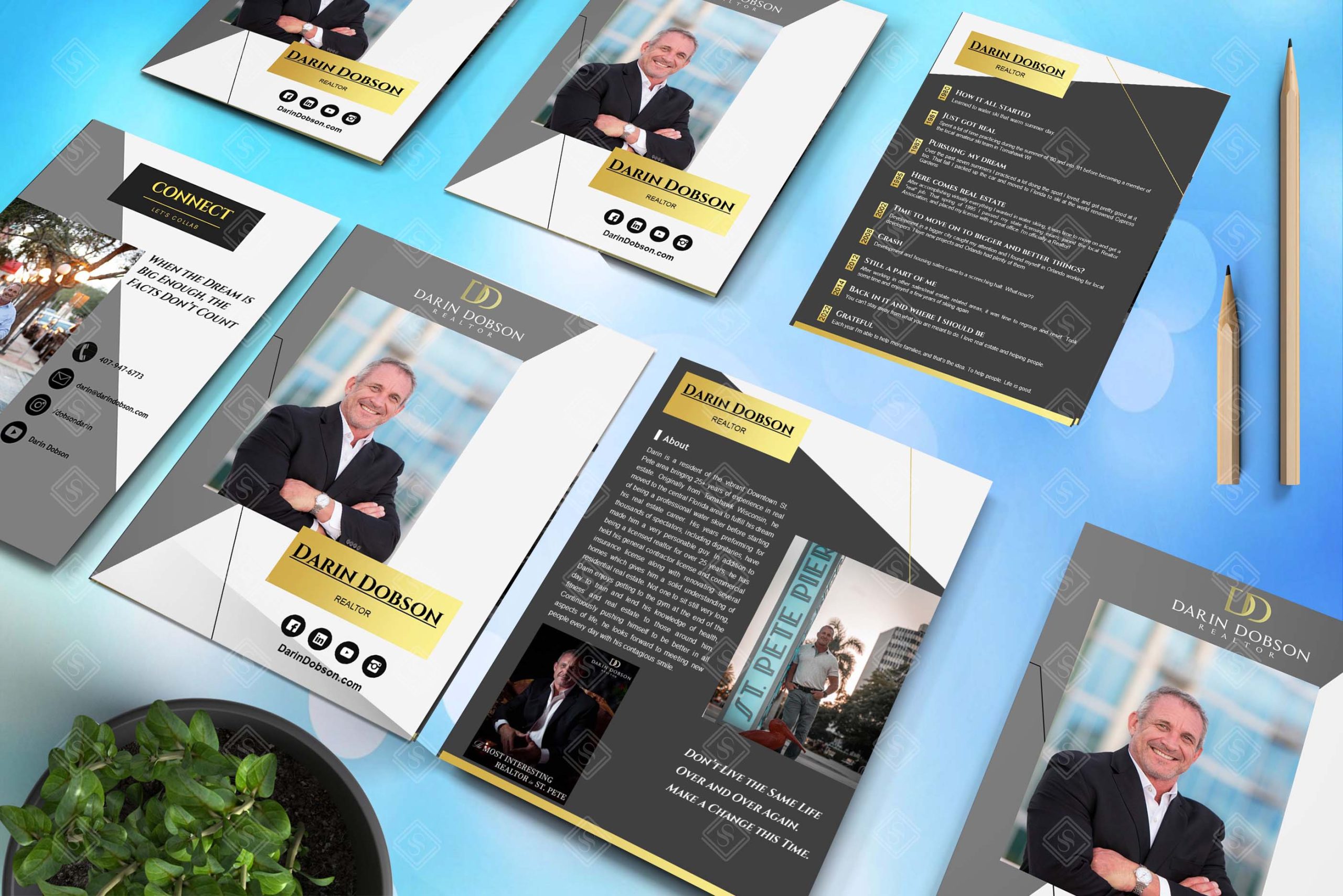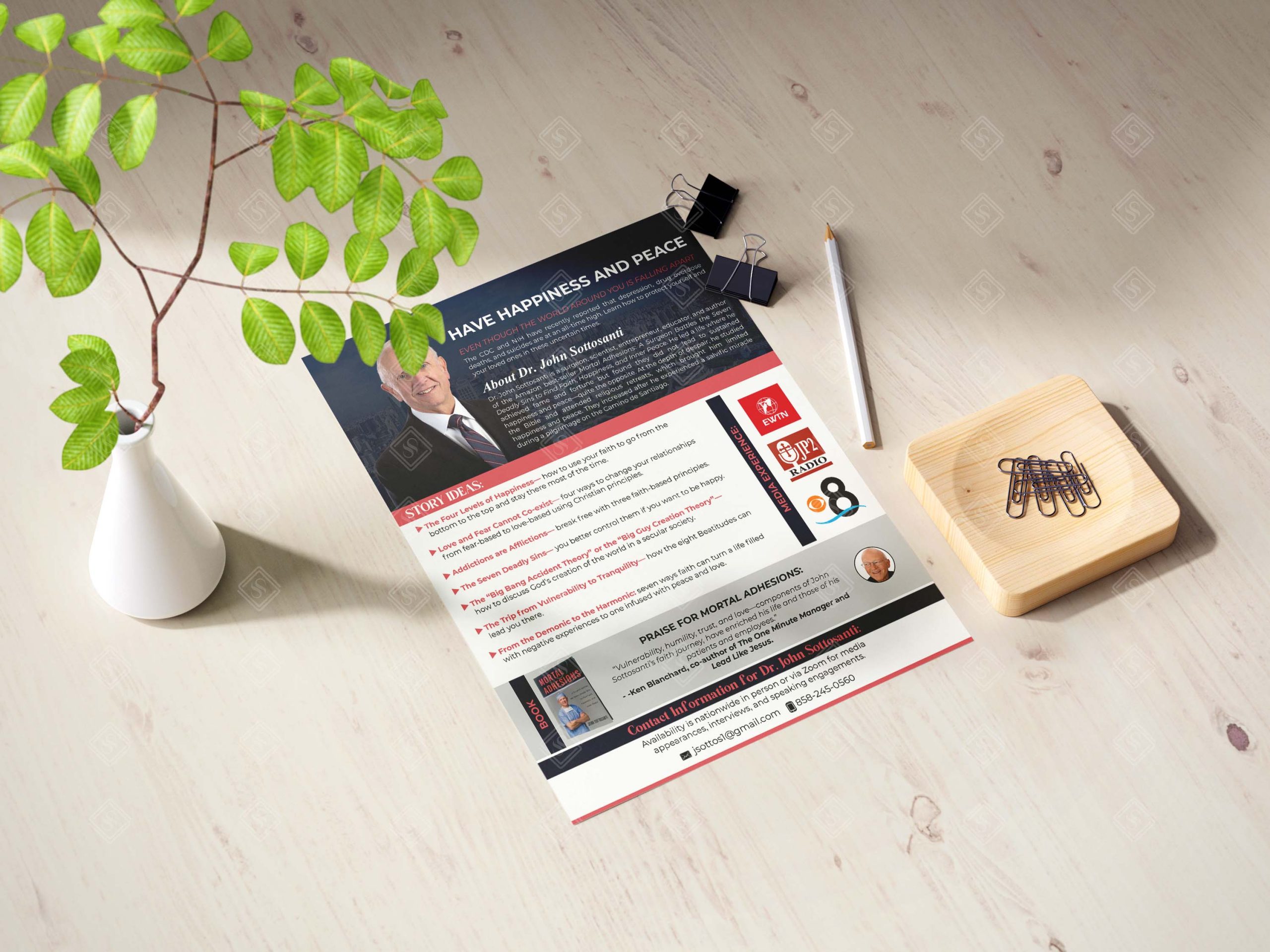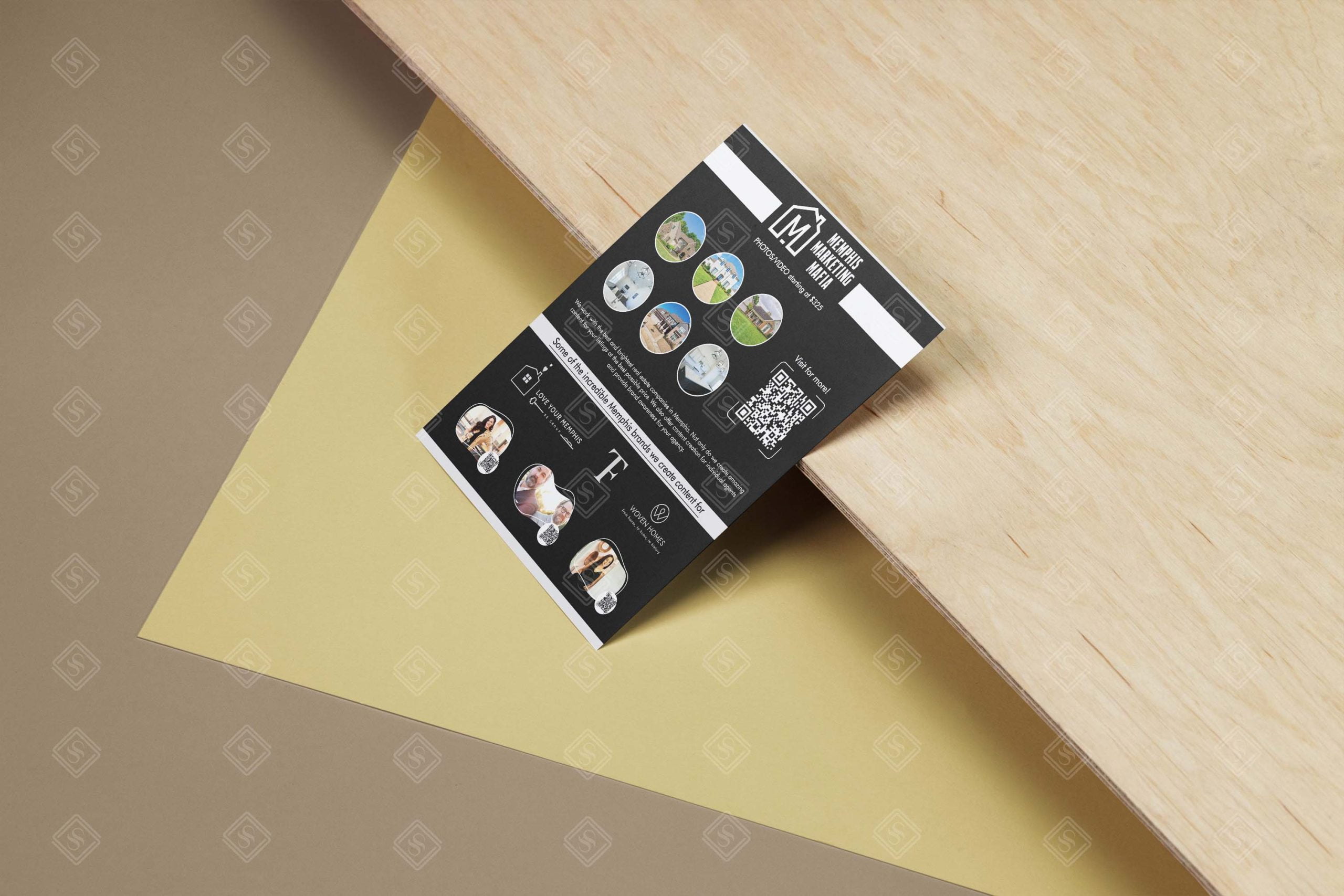
by abdur | Aug 21, 2024 | Post Cards
A postcard is designed for sending messages through the postal system without an envelope. One side typically features a picture or design, while the other side has space for a message and the recipient’s address. Postcards are often used for sharing vacation photos, promoting businesses, or sending quick messages.
Post Cards Importance In Today’s World
In a world where the customers’ attention is grabbed by hundreds of digital messages, physical mail is effective and hence postcards can be used effectively for marketing and communication. Print media offers remarkable opportunities for businesses to target customers through their advertisement techniques. It is important to maintain a balance between the presentation of quality information on the postcard and its aesthetic appeal.
Transform Your Vision into a Postcard Masterpiece With Our Professional Designers!
Want to leave a lasting impression with your postcard? We have professional designers who will gladly assist you in coming up with the right design for your logo and text. Our integrated approach ensures that your vision is guided through the design process to implementation.

Design Layout and Composition
A good postcard captures the attention as soon as one looks at it. It is all about, how to make a pattern to capture the viewer’s attention. A visually pleasing layout guarantees your audience receives a coherent and memorable message.
- Basic Design Principles: There are four principles of design and they are balance, contrast, alignment, and repetition. Ensure your postcard is aesthetically pleasing and easy on the eyes.
- Creating a Visually Appealing Layout: Plan out the layout in a visually pleasing way. White space plays a significant role in the creation of clean and modern design. It provides breathing space for your design. It gives order and allows you to overlay elements perfectly thanks to the grid systems. Employ these to set up a format that is both visually engaging and efficient.
- Effective Use of Typography: Select the fonts that are appropriate for your communication theme and your intended audience. Font weight and size could be used in a more strategic way to facilitate the sort of emphasis and hierarchy. Make sure the languages used are easily readable by choosing clear and legible fonts.
- Incorporating Design Elements: Logos and line drawings give character and depth to the postcard message. Apply them deliberately to enrich the content of your message. Ensure that these elements are well synchronized with the overall design of the website to achieve a uniform appearance.
The Power of Visuals
A picture paints a thousand words especially when it comes to a postcard. Visuals capture the attention of the audience instantly and convey a message within a short period. Clear and uncluttered images are the key to any postcard design.
- The Importance of Strong Imagery: The image you choose should be familiar to your target market and align with what your business represents. The style selected should be colourful and related to your message. An interesting picture is the first thing that will make people open it and read more.
- Choosing the Right Image or Photo: Choose a picture that depicts a story or a scene that you want to convey. Having high-quality pictures adds professionalism and reliability to the work displayed in the portfolio.
- High-Quality Visuals: Always retain the highest possible quality of images for the best results when printed. Low-quality images such as blurry or pixelated ones can be detrimental to your brand. Greater contrast and focus add to the aesthetic and commercial appeal of the postcard.
- Effective Use of Colour Psychology: Colours make people feel and perceive in certain ways. This means that you should select colours that will be in harmony with your brand and the message that you are conveying. Analyse the psychological states that may be induced in the target population by the different colours.
- How Colours Impact Emotions and Perceptions: Red may mean energy and passion while blue signifies trust and dependability. Green symbolizes prosperity and stability. It is important to understand how colours affect people’s emotions to be able to evoke the right feeling.
- Visual Hierarchy: With the help of visual hierarchy, create the sense of proper direction for the viewer’s gaze throughout the design. Use the size of the element, the contrast with other elements or its placement on the page to call attention, if it is important. Most of the design elements should encourage attention to the call to action.
- Guiding the Reader’s Eye Through the Design: Always guide the viewer’s eyes to follow a particular pattern. As you arrange your text, use lines, shapes, and spacing to lead attention. It is easier to skim and take in the information presented when there is a proper design in terms of structure and layout.

Postcard Design Best Practices
Good postcard design concerns itself with the ability to be eye-catching and convey information properly. Here are some tips that would help when designing postcards:
- Tips for Maximising Impact: Users should immediately recognize your design’s purpose, that it has something to do with your brand, or it is something that can be valuable to them.
- Keep it simple: Don’t write too much because this can lead to crowding and clutter. It is recommended to use large font, high-quality images and margin distances as far as possible. Did it not make you realize that a tidy and clutter-free style of writing is much simpler to assimilate and retain?
- Use High-Contrast Colors: Select colours that are in harmony with your brand image and ensure that there is a clear differential between them. Make certain that the words used are easily identifiable with the background.
- Test Different Designs: Experiment with different layout options, images, and colour schemes. To identify what design is superior, the use of an A/B testing formula can be useful.
- Consider the Back of the Postcard: Always remember that the back of your postcard is as crucial as the front. Ensure to add a call to action statement, your website link, and your contact details. The layout of the design should also be clean and readable.
Conclusion

An appealing and attractive postcard design is an influential advertising medium that can create an impact. By focusing on the ultimate aesthetics, suitable colour scheme, and correct positioning of elements, you can design postcards that will be noticed by people. When it comes to postcards, they must be eye-catching to grab the attention of people instantly and simply tell something. Try out different designs and incorporate aspects that best suit the targeted clients. It is therefore evident that spending time and effort on postcard design brings about exceptional outcomes to the business or campaign.

by abdur | Aug 21, 2024 | Uncategorized
A workbook is a collection of structured content designed to guide learning or task completion. It is a set of related materials, typically including texts containing lessons or instructions with tasks or exercises attached to them. It may be in the form of a printed book, an electronic file, or a computer program. Workbooks are common in education as well as business industry.
Collaborate with Us for Workbook Design!
Are you ready to turn your content into an efficient and entertaining workbook? Our designers will assist you in coming up with a pleasant piece that effectively communicates your message to your audience. Our approach covers the selection of the layout and design of the website and the organisation of the content. Let us design a workbook that is unique and invigorating. Call us today for a free initial consultation.
Importance of Well-Designed Workbooks
A good workbook is effective in supporting learning, work and time. Let’s take a look at some top advantages of well-designed workbooks in the teaching and learning process.
- Improved learning outcomes: Present information in small portions, with activity sections, and workbooks to improve comprehension and skills in knowledge application.
- Increased efficiency: An effectively designed workbook organizes the working space and contributes to the reduction of time spent on finding the correct order of actions. It also minimises the time wasted on reading instructions over and over.
- Enhanced engagement: Using templates, diagrams, quizzes, or simple tasks allows for a more effective and fun learning experience, leading to better retention.
- Consistent delivery: Workbooks ensure consistent information and standards across different users or teams, promoting uniformity and accuracy.
- Data collection: Workbooks can be designed to capture user input or data that may be useful in gaining a better understanding and making changes.

Structuring Your Workbook
A well-structured workbook navigates learners seamlessly. Some people compare it to creating a learning path. When designing a workbook it’s every element has to have a function.
- Create a Logical Flow of Content: Organize your content. Begin with simple concepts and progress to the more advanced ones slowly. Make sure that the transition between sections is seamless to keep the reader engaged.
- Develop a Clear Table of Contents: Always be sure to outline your paper and create a clear Table of Contents. It will help you plan the sections and sub-sections in the workbook. Ensure that the headings correspond with each other and are correctly labelled to facilitate easier understanding and navigation. The formulation of an appropriate table of contents creates a good learning environment.
- Use Headings And Subheadings: Use different headings and subheadings to structure your text appropriately. They guide the learners through the content. It is recommended to use images, diagrams, or charts to re-emphasize major points. All these elements foster learning and contribute to learners’ attentiveness.
- Break Down Complex Information into Manageable Sections: Spread the flow of content over several subpage sections. Make the information on the page concise by using bullet points, numbers or short paragraphs of text. This approach enhances learning and understanding hence making it more fun.

Designing Effective Workbook Pages
Organizing content on a page tells how learners will interact with the workbook once it has been designed. A good page design or layout directs the eye, increases legibility, and therefore facilitates learning.
- Layout and Design Principles: Ensure there is a well-displayed and coherent structure. Elements should be aligned and also grouped through grids. It is important to use a significant amount of white space so that none of its components look cluttered. Depending on the content of the page, decide whether the orientation should be in portrait or landscape view. By following the principles of how a page should be constructed, it is easier to locate information.
- Use of White Space: The white space is the new interface with your customer. It is useful for giving the eye a break and assisting in the classification of information. When a page is clean and free of unnecessary information, it enhances the learnability of the content provided.
- Typography and Font Choices: Select fonts that are clear to read and appropriate to the tone of the workbook. Heading must be clear and precise with subheadings to further divide content. The use of consistent typeface throughout the workbook develops a good visual appearance.
- Incorporating Visuals (images, diagrams, charts): Pictures, illustrations, and graphics help make information more fun and more comprehensible. Select images that reconnect with the identified information and which are pleasant to the eye. Apply them to separate the content into easily digestible chunks and emphasize the significant information. Having good-quality pictures also contributes to the overall appearance of the workbook.
- Consistency in Design Elements: Ensure that the workbook has a uniform appearance. The same fonts, colours, and layout used on the first page should also be used on all the subsequent pages. This makes it professional and allows learners to efficiently go through the content. Stability promotes reliability and reminds the audience about your workbook’s brand.
Design Considerations for Different Learning Styles
To create effective workbooks, understanding different learning styles is crucial. By catering to visual, auditory, and kinesthetic learners, you ensure a wider range of students can benefit from your workbook.
- Visual Learners: Visual learners are best served through the use of pictures, graphs, and charts. Be sure to include several pictures to complement the text. Colour coding, mind maps and infographics can be used to present information attractively. Enable those who learn through images to understand general concepts and link them.
- Auditory Learners: Auditory teachers use information that is in the form of voice or an auditory stimulus. These may include audio features such as recorded explanations or interviews. Various group interactions, such as collaborative discussions and group assignments, should be promoted. Allow the learners to openly discuss the content.
- Kinesthetic Learners: For kinesthetic learners, practical experiences act as the primary tools of learning. These could be in the form of pragmatic content that could be within the form of models, dramatizations, or acting. Allow learners to handle what has been taught because touching offers a unique learning experience.
- Providing Options for Diverse Learners: Since learners are diverse, different types of learning activities should be provided. Include both visual and tactile cues in the workbooks you design; do not rely only on visual stimuli. Give learners a chance to select what they like from the available activities or their preferred mode of learning. Ensure that your workbook is open to and able to be used by all students.
Conclusion

When designing workbooks, some design features have to be considered to ensure the workbooks meet the learners’ needs. There are a variety of different learning styles; by being aware of this, it is possible to further learning themselves. Keep in mind, that the workbook is not just a set of exercises, but it is a tool designed to promote student achievement.

by abdur | Aug 21, 2024 | Investment Deck
An investment deck is a detailed overview that showcases a business to its potential buyers. It’s an essential tool that aims to catch the interest of investors and convince them to invest. The primary goal of an investment deck is to generate interest and secure funding for a business.
Main Purpose Of Investment Deck
An investment deck is not a document that is set in stone and cannot be changed. It is a flexible business tool that should be adapted to different target audiences. The investment deck should evolve as your business progresses and investor interests shift. Design your deck to according different investor profiles, emphasizing aspects that resonate with their investment criteria. For early-stage investors, focus on market potential and team strength.
- Communicate The Business Idea: The investment deck states the business idea and a solution to a problem through its services and products. It also communicates the business’s target audience.
- Demonstrate Market Opportunity: It showcases and presents potential market, growth and competitive analysis. It shows the market demand, customer segments, and competitors.
- Highlight The Business Model: It outlines the revenue model, cost model, and profitability forecast.
- Introduce The Team: Showcase how the founding team has relevant experience, skills and passion for the business. It emphasises the specialization of the entrepreneurial team that has initiated the start-up.
- Present Financial Projections: Provide realistic financial projections of revenue, expenses, and funding needs. Present realistic financial forecasts and funding needs.
- Secure Investor Interest: It aims to generate enough interest and positive response from the customer regarding the company. It is designed to get the investors to come back for another appointment, or invest in the company.
- Problem and Solution: It identifies the problem the business solves and recommends a solution the business can provide.
- Business Model: It shows what the type of your business is, and how the business makes its money and turns a profit. It showcases your accomplishments and activities.
Key Components of an Investment Deck
Key components typically include an executive summary, problem and solution, market analysis, business model, team, financial projections, and a call to action. These elements collectively convey a company’s value proposition, market potential, and investment opportunity to potential investors.

Cover page
The cover page is the first face that the audience gets to see. Start with your company’s name and a slogan that people will hardly forget.
- Company Logo And Name: The logo is a powerful and integral component of the branding process, as it allows you to create a unique image of your brand. The logo should be visually attractive and easily distinguishable at first glance.
- Tagline Or Slogan: It is a brief statement that summarizes what your business is all about. Ensure it is catchy and in line with the concept you wish to portray to your clients.
- Compelling Visual: Select an attention-grabbing picture related to the overall concept of your communication. It should be brief and eye-catching while at the same time enticing the reader to explore the rest of the text.
Executive Summary
In just a few words, describe your business, its offerings, what sets it apart, and what you are solving for. Emphasize significant indicators as major accomplishments and financial targets.
- Brief Business Description: Explain concisely what your business is, who you sell to and how you generate revenue. You should demonstrate the strengths of your business and differentiate it from other businesses. Describe what value is created for customers and show that your product/service solves a valuable problem.
Market analysis
Always ensure you have proper knowledge of the industry and target market. Determine which markets are large and growing, which are experiencing slow or negative growth, and what trends are emerging. Evaluate your competitors to identify the opportunities.
- Industry Overview: Give an overview of the industry you are in. Elaborate on the market and its size, growth rate, main stakeholders, and recent tendencies. By understanding the industry’s dynamics, businesses can identify opportunities, mitigate risks, and develop effective strategies to compete in this evolving marketplace.
- Target Market and Customer Segmentation: Define your ideal customer. Create detailed customer personas to understand their needs, preferences, and behaviours. Creating detailed customer personas is the key to unlocking their needs, preferences, and behaviours. This leads to increased customer satisfaction, loyalty, and ultimately, business success.

Business Model
Describe how your business earns its revenue. Mention your sources of income that you intend to use in the business, your expenses and the profit margins that you expect to achieve.
- Organisational Structure: Organise a complete map of your company’s organisation. Explain how the company departments and positions coordinate. Common departments include:
- Sales and Marketing
- Operations
- Finance
- Human Resources
- Research and Development
- Profit Margins: Profit margins are calculated by subtracting total expenses from total revenue and dividing the result by total revenue. The goal is to achieve sustainable profitability while balancing revenue growth and cost management.
- Customer Segmentation: Identify and profile different customer segments, such as institutional investors, high-net-worth individuals, and corporate clients.
- Value Proposition: Clearly articulate the unique value proposition of the investment deck. This includes the specific services offered, target clientele, and competitive advantages.
Design Principles for Investment Decks
An investment deck is the initial impression that the investors receive about your company. Well-defined designs are captivating and convey a meaningful message successfully. It is essential to help the viewers navigate through your presentation by using graphics and to make noticeable important information.
- Visual Hierarchy And White Space: A strong hierarchy is beneficial in focusing the viewer’s attention. Highlight Important elements like company logo, problem statement, and solution through size, and colour selection. It makes the text much more comprehensible. Utilize white space in a balanced manner to highlight the important aspects and provide adequate contrast.
- Colour Selection: Select the right colours that can relate to your brand for its representation. To maintain the balance use dominant, accent, and neutral color palettes.
- Typography: Choose fonts that are clear and match your brand identity and aesthetic. Within headlines, it is preferable to be more contrasting and keep the body text more readable. Just stick to two or three font styles as it is best to have some form of uniformity.
- Imagery and Graphics: Images and graphics divide the text and make the text more attractive and appealing to the readers. It should complement your message and maintain the audience’s attention. Utilize high-quality images and videos with the content being published and share interesting clips. Using charts and graphs in sharing information makes it easier to comprehend the details presented.
Conclusion
Investment decks are not about the nice-looking pictures and graphics they portray. They are a strategic management tool that tells your business story well. Understanding the principles of visual hierarchy, colour choice, typeface selection, images, and white space helps to design a deck that will impress investors and make a lasting impression. A well-designed investment deck can change investor’s perception and their decision. Spend time preparing a deck that reflects all necessary information about your business.
Contact Us

Are you indeed ready to woo those investors with a beautifully crafted investment deck? We have a professional and skilled team of designers, to assist you in coming up with a good and professional outlook for your business and relay the story of how it is likely to turn out. It is time to create a great investment deck, so let’s do it together. Call or email us today to talk about your project!

by abdur | Aug 21, 2024 | Business Cards
A business card contains information about a person or organization. Generally, it contains the person’s name, company, organization, designation, phone, email address, company’s website address, and sometimes a logo. Business cards are used when people introduce each other to other people, and they serve as a means of exchanging contacts. Business cards are used for networking, professional introductions, and as a convenient way to share contact details.
Understanding Your Brand Identity
Your brand identity is often referred to as the soul of your business. It is what your customers think of you. This means that to create a powerful brand image, one has to know the audience, values and vision. You must understand all aspects concerning the target market. Who are you trying to reach? Age, interests, lifestyle, and value perspective are equally important. Gaining insight into your customers enables you to address them and develop something they would appreciate.
- Know Your Audience Inside Out: For any organisation, it’s important to have an in-depth understanding of its target market. You must understand what type of audience they are seeking or to whom they are trying to transmit. Explore their age, gender, occupation, sexual orientation, education level, income, marital status, number of children, travelers’ profile, political leaning, religion and spirituality.
- Building a Connection: By building a deep appreciation of your target audience, it is possible to design a brand that appeals to both, heads, and hearts. It strengthens loyalty, trust and advocacy creating the right foundation towards the success of your business.
- Identifying Your Brand’s Personality and Values: It is important to acknowledge that your brand has a personality. Values can be described as the set of beliefs that influence people’s behaviour and their standards of conduct. Showcase that your designers are also concerned about environmental sustainability, customer satisfaction, or advancement. This calls for a personality and a set of values that will match with those of the targeted community.
The Importance of Business Cards in Professional Networking

one sheet design, Media kit, Media kit designer, Press kit, Press kit Designer in USA, Speaker One sheet
Business cards are your mini-marketing tools. They are crucial in creating a first impression during business meetings, business dinners, or any informal meetings. It is not just a form of passing around papers containing telephone numbers and email addresses; it is building a path to future communication. Business cards are an important means of developing professional relationships. They act as mini-promotions for you or your business. In essence, by exchanging cards, you are connected with potential clients, partners or employers on a physical level.
Design Principles for Effective Business Cards
Your business card must represent your brand. Designing and implementation are central to communication as it is the one that attracts attention and makes the message memorable. Values can be described as the set of beliefs that influence people’s behaviour and their standards of conduct.
- Visual Hierarchy: Lead the viewers’ eye in the direction you prefer using the technique of visual hierarchy. Ensure that your name and contact information are the focal point of the picture. Employ size, colour and position that effectively highlight important aspects. This way the information is conveyed in a simple and organised manner, and a reader of the card can quickly scan through it. Some major elements of the visual hierarchy are:
- Colour Psychology: You should select colours that correspond to your brand identity and the theme of the communication. The psychological aspect that concerns the choice of colours for the target audience should also be taken into consideration. The choice of colour is also critical in card design since it can turn your card into the one people will always remember.
- Typography: Choosing the right fonts should include simplicity and alignment with the company’s corporate identity. When it comes to fonts, one should choose between lighter and thicker fonts to provide enough contrast between each other. Do not cluster too many fonts on your card, as the viewers’ attention will be divided.
- Imagery: Graphics or pictures can bring out character and colour to a card. Select a picture that is relevant to the type of business you are conducting or the line of production. Make sure that the picture is of good quality and is not too large or dominant compared to the other features.
Content and Copywriting
Through your business card, you can advertise your company/brand. Develop a message that befits your business personality and will be appreciated by your target clientele.
- Writing Compelling Taglines: A good tagline enhances the uniqueness of a business card. It needs to be short, easily memorable and should reflect the brand of your business. An effective slogan is memorable, and people want to know more as the tagline makes a powerful statement.
- Keeping It Concise And Clear: It is important not to overload the card with too much information. Stick to the essentials: First name, last name, position/company, and contact information. Ensure that the information is easy to process and easy to recall.
- Proofreading: Careless mistakes such as typos and spelling mistakes can significantly affect your appearance of professionalism. Re-read the text for spelling, grammar, and punctuation errors. Many people believe that it is important to have a clean and error-free card.
Layout and Design Trends
The card’s layout and design, an aspect of the business card, speak more than the card’s text. This is where you get to mirror your personal or your company’s style. It is pertinent to state that a well-designed card creates a good impression and one easily remembers.
- Common Business Card Layouts: Choose a layout that is best suited to the personality of your business. Today’s cards are striking with their bright pen strokes and creative shapes. For instance, classic cards employ shapes, serif fonts, and other sophisticated aspects.
- Balancing Creativity with Professionalism: Your card needs to look good, but it also needs to perform as a piece of marketing material and a possible mini-brochure. Ensure that all the information provided is comprehensive and clearly stated in lettering as well as in content. Finding the middle ground results in an appealing card that is not overly flashy.

Modern Trends in Business Card Design
Business cards have become much more than simple slips of paper with telephone numbers on them in today’s world dominated by graphics and images. Modern business cards are not only made of different materials but also contain different design features that represent the individuality of the persons and companies. Let’s delve into the key elements that define contemporary business card design:
- Minimalism: Less is often more. Clean lines, ample white space, and simple typography create a sophisticated look.
- Material Innovation: Move beyond traditional paper with metal, wood, or eco-friendly options. Unique textures and finishes add a touch of luxury.
- QR codes: A direct link to your digital portfolio or specified social media page.
- NFC chips: Exchange contact details immediately.
- Augmented reality: Interactive elements for a memorable experience.
- Digital Integration: Incorporate QR codes, NFC chips, or augmented reality for interactive experiences.
- Bold Typography and Color: Make a statement with custom fonts and vibrant colour palettes. Experiment with the layout for a unique look.
- Sustainable Design: Choose eco-friendly materials and minimalist designs to reduce your environmental impact.
- Interactive Elements: Add depth and interest with die-cut shapes, hidden details, or pop-up elements.
- Geometric Patterns: Create visually appealing designs with geometric shapes and patterns.
Act Now To Stand Out In Your Next Networking Event!
Make a lasting first impression with a custom business card. Let our design experts create a card that perfectly reflects your brand. Contact us today to bring your vision to life!
Conclusion

Both traditional business cards and electronic ones are relevant in the business world today. They act as an important channel to interact and make new contacts. A good business card should be easily noticed and create a good first impression and this is possible if it is physical or in digital format. Bear in mind that the business card represents the business or company profile and your image.

by abdur | Aug 13, 2024 | logo
A logo is a graphic mark, emblem, or symbol used to aid and promote public identification and recognition. In today’s market, businesses need a good logo to capture the audience’s attention. The creation of logos can be quite a task. That’s where AI is changing the game.
What Makes a Logo Essential in the Branding Process?
A logo is not merely an attractive object painted or printed on products. It is your brand’s face and character as to what you stand for as a business entity. The logo presents the framework for your brand’s ‘look and feel’.
AI’s Role in the Design Industry
A logo is not merely an attractive object painted or printed on products. It is the face and the character of your brand. The logo presents the framework for your brand’s ‘look and feel’. AI can never compete with human creativity, but it creates great opportunities for beginning the design process.

Here’s a breakdown of its key roles:
- Human Design Process: Human creativity and practical knowledge drive the “human design” process. Designers apply all their acquired knowledge, understanding and creativity to solve problems in their innovative way. It is a way of creating something that is often the product of discussion, including feedback.
- AI Design Process: AI design refers to the use of artificial intelligence in the designing process where the working of the design process is partly or fully handled by AI. Data is input into computers which in turn work on the problem, come up with possible designs and choose the best designs according to specified criteria. However, as we see, human creativity is still needed for setting goals, and for judging the outcomes of AI’s work, as well as for giving designs the purpose.
Strengths of AI Logo Design
AI is capable of producing infinite design possibilities in a matter of minutes, hence increasing the flow of creativity. AI also performs the function of assessing the popularity and preferences in designing logos, which will suit your target audience.

- Speed And Efficiency: No more weeks waiting for a logo. Design tools driven by artificial intelligence provide various solutions in a few moments. With this kind of fast rate of production, you are in a position to test various styles and concepts in record time and this will not cost you a lot of time.
- Cost-Effectiveness: AI logo design saves a lot of money in comparison to when one hires a professional logo designer. They do not charge hourly so you can create designs on a topic almost infinitely. This approach is affordable courtesy of the low cost and hence can be embraced by various firms in the market.
- Data-Driven Insights: AI helps to collect data on current trends and customers’ preferences about particular kinds of design. Through this approach, you are going to develop logos that are attractive to the eye and have a meaning that speaks to the hearts of viewers.
Constraints in Using AI Logo Design
AI logo design tools also have some disadvantages. They can produce basic designs very fast but a lot of the time they are not as rich, as diverse and as detailed as the human element. Knowledge of these limitations lets you know whether or not to employ the use of AI for your logo design.
- Lack of Creativity and Originality: Most logos created by AI are very similar to most logos found in the market. AI is a tool, not a replacement for human creativity and expertise. While AI can generate many design options, a human designer’s ability to understand brand identity, cultural nuances, and emotional connections is still invaluable.
- Limited Understanding of Brand Identity: AI cannot comprehend different aspects of a brand’s personality or brand history. On the contrary, clients and designers are capable of working together and creating logos that blow the minds. Understanding the mechanisms of how brand values are incorporated into the visual array is something human designers possess. Human creates logos that are familiar to the target viewer.

Strengths of Human Logo Design
The role played by human designers gives a special input to the logos. Humans have a richness of knowledge about people’s behaviour, their culture, and tendencies. Gaining this knowledge enables them to design logos that are going to get people emotionally attached.
- Creativity and Innovation: Human designers have a lot of creative energy. It enables them to be creative, deviant from a conventional approach, introduce variation to their designs, and come up with innovations.
- Good Knowledge of Brand Culture: They can capture impressive and difficult-to-explain semantics of brands in logos. This understanding of the depth keeps the logo depicting the company as desired.
- Human Connection and Collaboration: Humans thrive on collaboration. Most of the time, designers have direct contact with the clients and can be of great help to them. This back-and-forth system results in the creation of better and more substantial logo designs.
The Future of Logo Design
It cannot be said that AI is taking over the world, and creativity is no longer needed. It will be a case of ‘less AI but better,’ meaning more concentrated on design tools and asking designers to think strategically and creatively. Be prepared to see logos that animate, that are multimedia, that function on multiple levels and across multiple media. This article expounds on the fact that the future of logo design looks promising and very much bright.
Conclusion

Logo design is a strategy that can be used to promote an organization’s image to the public. The process is being revolutionised by AI, but the creativity of man is still evident. Technological advancements and human professionals make logos that can appeal to people and generate impressive performance in an organization.


